we’re data consultants
(pleased to meet you)
the nordic_data business model:
data consultants only

the nordic_data advantage
transparency
This is a cornerstone of nordic_data. When you reach out, you will be connected directly to the best consultant for your task - no middlemen.competence
We know what we're doing, and we have your best interest in mind. If your project is missing something or if something can be done faster and better, we'll tell you.simplicity
At nordic_data, our rates are simple - it's €60 per hour. After you reach out, we will evaluate the timeline of your project, multiply by the hourly rate... and that's it.communication
When we work, we document - heavily. Once we're done, you'll be left with a project you can work with and develop at will. We're realistic about timelines, available, and always happy to work.two ways of working:
project versus placement


FEATURED CONSULTANT:
meet Julian Hansen,
a Data Engineer
Julian is an experienced Data Engineer based in Copenhagen, Denmark. He has broad expertise within the Microsoft ecosystem, especially in Fabric and Azure servies such as Data Factory, Synapse, Function Apps, and more.
He has been involved in major data migration projects, especially in the financial industry at companies such as London Stock Exchange and Copenhagen Infrastructure Partners. Julian brings a refreshing perspective on data consulting that focuses on business value, not just the technical side. He's independent, creative, and highly communicative.

ESG reporting
Problem: Copenhagen Infrastructure Partners was using complex Excel-based systems to produce environmental and financial reports. This was intransparent, slow, and prone to human-error.
Solution: A Python-based data platform built in Microsoft Fabric to perform all calculations and meet reporting needs.

80-petabyte migration
Problem: The London Stock Exchange was producing massive amounts of data and storing it on on-prem servers, but this solution was extremely expensive and difficult to scale up.
Solution: A migration of 80+ petabytes to Microsoft Azure and the development of a read/write API to handle new data.

mergers & acquisitions
Problem: After several mergers and acquisitions, the geodatabase supporting Booking.com services was full of duplicates, confusing customers.
Solution: Machine-Learning-assisted data cleaning processes were implemented, improving customer experience and SEO performance.

real-estate analysis
Problem: The World Bank conducted annual analyses of real-estate markets using Excel and e-mail-based communication, which was slow and inconsistent.
Solution: An Power BI dashboard and integrated survey system were developed to ensure real-time access and easy data-driven decision-making.

single source of truth
Problem: JLL's operational data was unpredictably scattered across the organization, leading to slow and inconsistent planning.
Solution: A centralized source of truth was created using Azure Databricks, and a Power BI dashboard was developed for a visualization of all key metrics.
ready to start?
let's talk
frequently asked questions
We're a loosely-aligned team of data consultants based across Northern Europe. We normally work remotely - but, if your project requires, we offer occasional on-site visits within Europe.
For larger projects which require placements, we will reserve a consultants just for you. Unless otherwise agreed, this means that you will receive 8 hours of services and will be charged for 8 hours.
Yes. Tell us what you need, and we can introduce you to the consultants that are both available and able to complete your project.
Yes. If needed and administratively feasible, we are open to projects anywhere in the world.
Depending on the consultant you choose to work with, you will be invoiced by a company in either Denmark or Poland.
